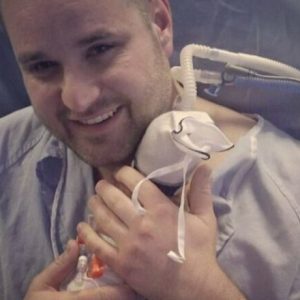Sebopsoriasis is a complex dermatological condition that combines features of both seborrheic dermatitis and psoriasis.
It typically affects areas of the body with a high density of sebaceous glands, such as the scalp, face, and upper chest. Understanding its symptoms and diagnostic criteria is essential for proper management.
Symptoms of Sebopsoriasis
Sebopsoriasis manifests through a range of symptoms, which often overlap with those of seborrheic dermatitis and psoriasis. The primary symptoms include:
- Red, Inflamed Skin: Affected areas often appear red and inflamed. The skin may have a shiny or greasy appearance, particularly on the scalp, face, and chest.
- Scaly Patches: The hallmark of sebopsoriasis is the presence of silvery or white scales on the inflamed skin. These scales are typically thicker than those seen in seborrheic dermatitis but thinner than those in plaque psoriasis.
- Itching and Discomfort: Patients commonly experience itching, which can range from mild to severe. Scratching the affected areas may worsen the condition and lead to secondary infections.
- Dandruff: On the scalp, sebopsoriasis can present as persistent dandruff. The flakes are often larger and more adherent than those seen in typical dandruff cases.
- Lesions on the Face and Chest: In addition to the scalp, sebopsoriasis often affects the eyebrows, nasolabial folds, behind the ears, and upper chest. Lesions in these areas can be particularly stubborn and may resist standard treatment.
- Cracking or Bleeding Skin: In more severe cases, the skin may crack or bleed, especially if scratched or exposed to harsh environmental conditions.
Diagnosis of Sebopsoriasis
Diagnosing sebopsoriasis can be challenging due to its overlapping features with other skin conditions. The diagnosis is primarily clinical, based on the appearance of the skin and the patient’s history. Key steps in the diagnostic process include:
- Medical History: A thorough medical history is essential. Patients are often asked about the duration and progression of symptoms, family history of psoriasis or other skin conditions, and any known triggers.
- Physical Examination: A detailed examination of the skin, scalp, and affected areas is conducted. The presence of both greasy scales (suggestive of seborrheic dermatitis) and thicker, silvery scales (suggestive of psoriasis) supports a diagnosis of sebopsoriasis.
- Dermatoscopy: This non-invasive technique allows for a closer examination of the skin’s surface. Dermatoscopy can help differentiate sebopsoriasis from similar conditions by revealing specific patterns of scaling and redness.
- Skin Biopsy: In unclear cases, a skin biopsy may be performed. This involves taking a small sample of skin from the affected area and examining it under a microscope. A biopsy can help distinguish sebopsoriasis from other conditions like eczema, fungal infections, or lupus.
- Exclusion of Other Conditions: Sebopsoriasis must be differentiated from conditions with similar symptoms, such as seborrheic dermatitis, atopic dermatitis, and tinea capitis. A careful evaluation and, if necessary, laboratory tests can help rule out these other possibilities.
- Response to Treatment: Sometimes, the diagnosis is confirmed based on the patient’s response to treatment. If the symptoms improve with therapies typically used for both psoriasis and seborrheic dermatitis, it further supports the diagnosis of sebopsoriasis.
Conclusion
Sebopsoriasis is a chronic condition that requires careful diagnosis and management. Recognizing its symptoms and distinguishing it from other similar skin conditions is crucial for effective treatment. Patients with sebopsoriasis should work closely with a dermatologist to develop a tailored treatment plan that addresses both the inflammatory and scaling components of the disease.

